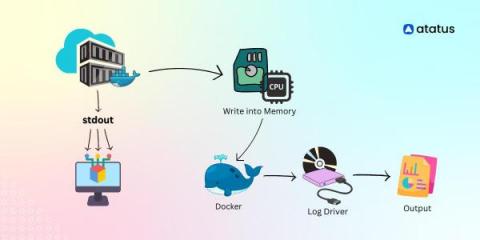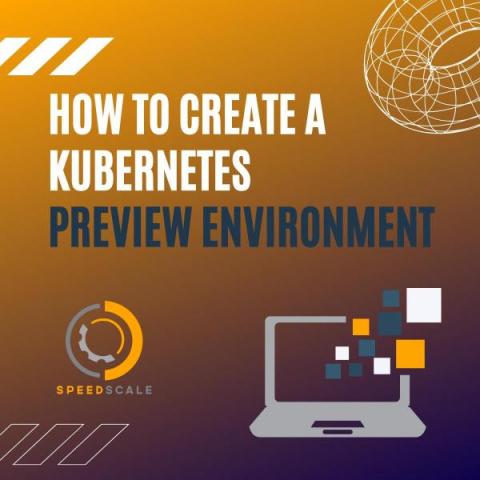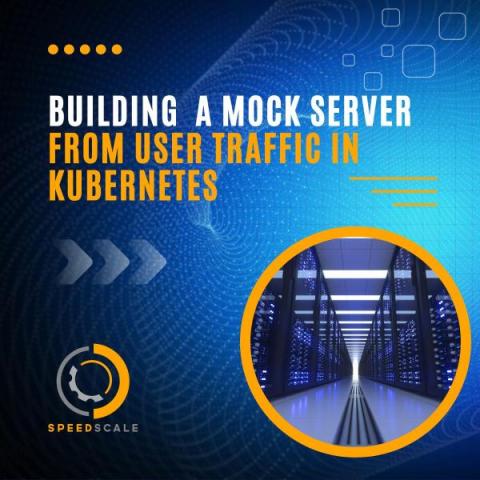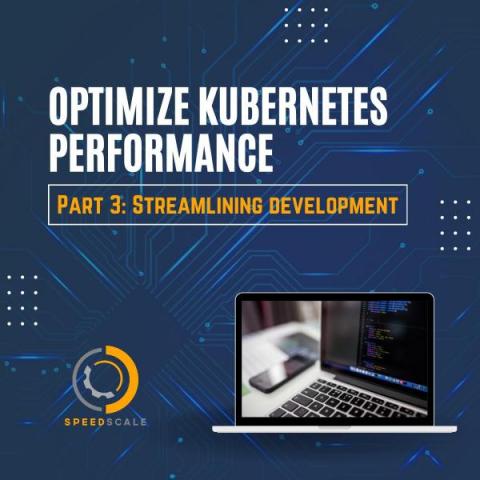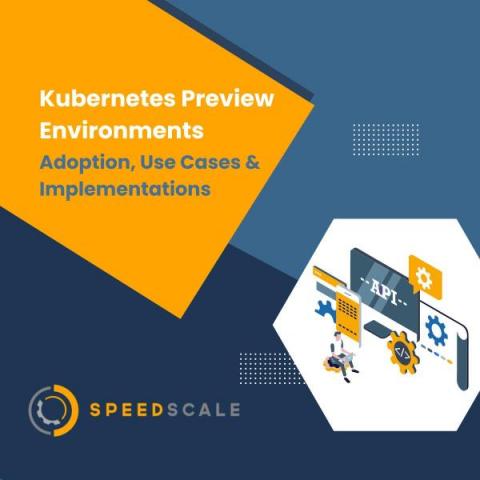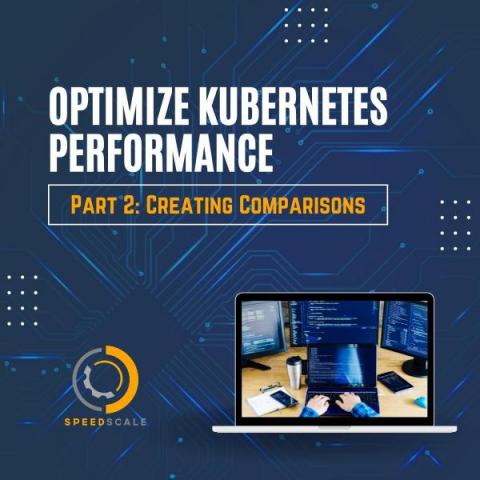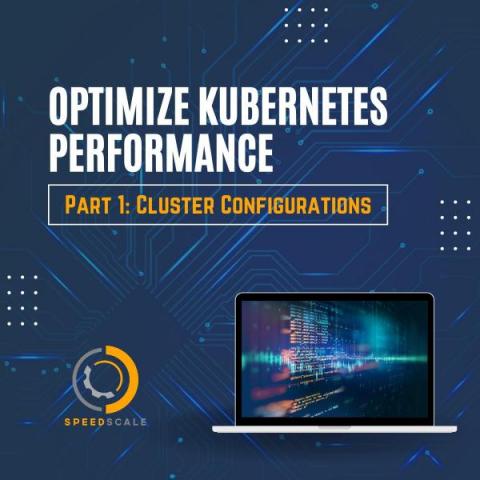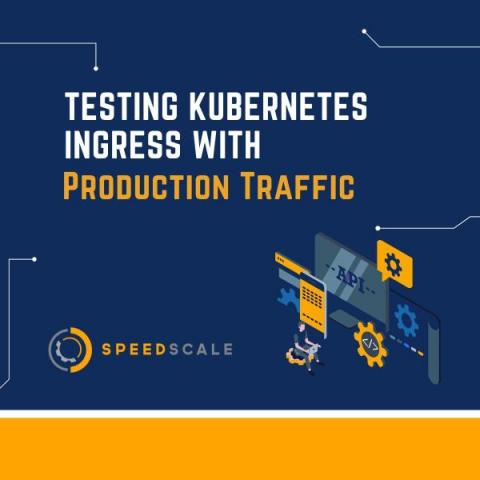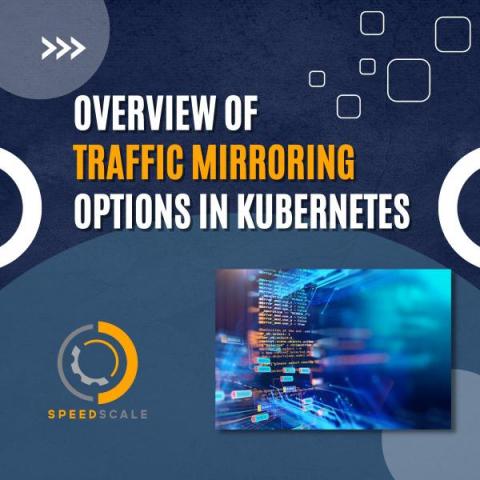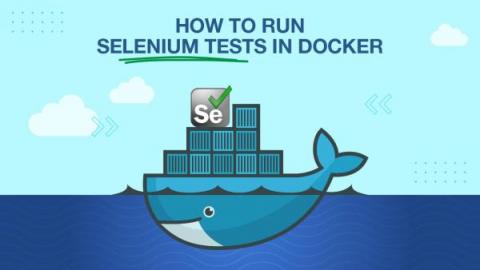Docker Logging
As more organizations are moving to a cloud-native architecture, there is an ever-increasing need to monitor applications and services. Logging is a crucial part of this process, as it provides the insights and visibility to identify potential issues and track application performance. When it comes to managing and monitoring applications, Docker logging is an essential part of the process.


